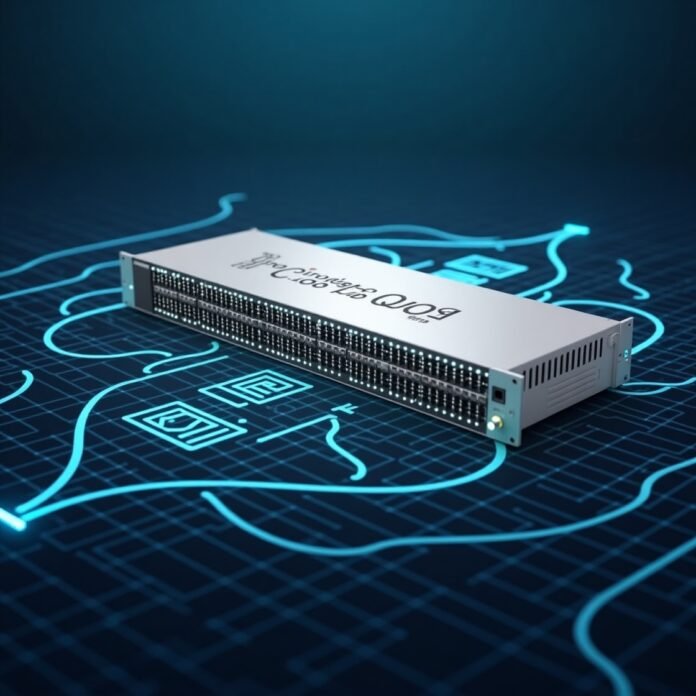Why VLANs Are Essential for Modern Network Switches
In today’s connected world, network switches with VLAN capability are crucial for:
✅ Enhanced network security through traffic isolation
✅ Improved performance by reducing broadcast domains
✅ Simplified network management with logical segmentation
Key Benefits of Using VLANs on Network Switches
- Security Segmentation
- Isolate sensitive devices (servers, IP cameras) from general traffic
- Prevent lateral movement in case of breaches
- Traffic Optimization
- Reduce congestion in busy networks
- Prioritize critical applications (VoIP, video conferencing)
- Flexible Network Design
- Group devices logically regardless of physical location
- Easily adapt to changing business needs
Choosing the Best Network Switch for VLANs
When selecting network switches for VLAN implementation, consider:
Top Managed Network Switches for VLANs (2025)
| Switch Model | Ports | Key Features | Best For |
|---|---|---|---|
| Cisco Catalyst 1000 | 8-48 | Enterprise-grade security | Large businesses |
| TP-Link Omada SG2428 | 24 | Affordable cloud management | Small offices |
| Ubiquiti UniFi USW | 8-48 | Intuitive interface | Prosumers |
| Netgear GS728TP | 24 | PoE+ support | Surveillance systems |
Step-by-Step VLAN Configuration on Network Switches
1. Accessing Your Network Switch
- Connect via Ethernet to your managed network switch
- Open a web browser and enter the switch’s IP address
- Log in using admin credentials
Pro Tip: Always change default passwords for security
2. Creating VLANs
- Navigate to VLAN Settings
- Click “Add VLAN”
- Configure:
- VLAN ID (e.g., 10 for Office)
- VLAN Name (descriptive label)
3. Assigning Ports to VLANs
- Go to Port Configuration
- Select ports for each VLAN
- Set correct PVID (Port VLAN ID)
4. Configuring Trunk Ports
- Enable 802.1Q tagging for inter-switch connections
- Specify allowed VLANs on trunk ports
5. Testing Your VLAN Setup
- Connect test devices
- Verify:
- Intra-VLAN communication
- Inter-VLAN isolation
- Use
pingandtraceroutefor testing
Common VLAN Configuration Mistakes to Avoid
❌ Incorrect PVID assignments causing misrouted traffic
❌ Missing trunk port configuration leading to VLAN leaks
❌ Forgetting to save configurations after changes
Advanced VLAN Best Practices for Network Switches
- Implement VLAN ACLs for enhanced security
- Use Private VLANs for additional isolation
- Configure VLAN routing for inter-VLAN communication
- Monitor VLAN traffic for optimization
Troubleshooting VLAN Issues on Network Switches
If experiencing problems:
- Verify port assignments
- Check trunk configurations
- Test with known-working cables
- Review switch logs for errors
Future-Proofing Your VLAN Setup
As networks evolve:
- Consider SDN-compatible network switches
- Plan for multi-gigabit VLAN trunks
- Implement automated VLAN provisioning
Conclusion: Optimizing Your Network with VLANs
Properly configured VLANs on network switches provide:
🔹 Better security through segmentation
🔹 Improved performance via traffic control
🔹 Simplified management of complex networks
For optimal results:
- Choose quality managed network switches
- Follow best practice configurations
- Regularly review and update your setup
Need help selecting network switches? Check our 2025 Switch Buying Guide for expert recommendations!



